Community articles — Reports
Write up experiments and research with LaTeX templates for project and lab reports—including layout guidelines to help guide you through the writing process.
Recent

Shape feature extraction for image recognition with CNN using frequency domain

The fundamental necessity for water is a widespread issue affecting many communities across the globe. In this project, our team sought to provide an innovative solution to this problem for a small community with access to a relatively close source of flowing water. Resultant flow rate of water was calculated to be 0.498 L/min. Stress and strain analysis on individual subsections of the system were as follows: -44.2 MPa for bending moment in the rod; -7.04 MPa for shear stresses in the rod of the axis; -8.88E-5 for shear strain in the rod ; -1.11 MPa and .429 MPa of shear stresses in the L brackets; -0.123 MPa for radial stress of spiral, -0.422 MPa for hoop stress of spiral, -2.10 MPa for bending moment of spiral, and -0.176 MPa for the maximum shear stress of the spiral pump on the rotating wheel. The focus of the design remained fixated on water acquisition; however, further additions can be made for water purification.
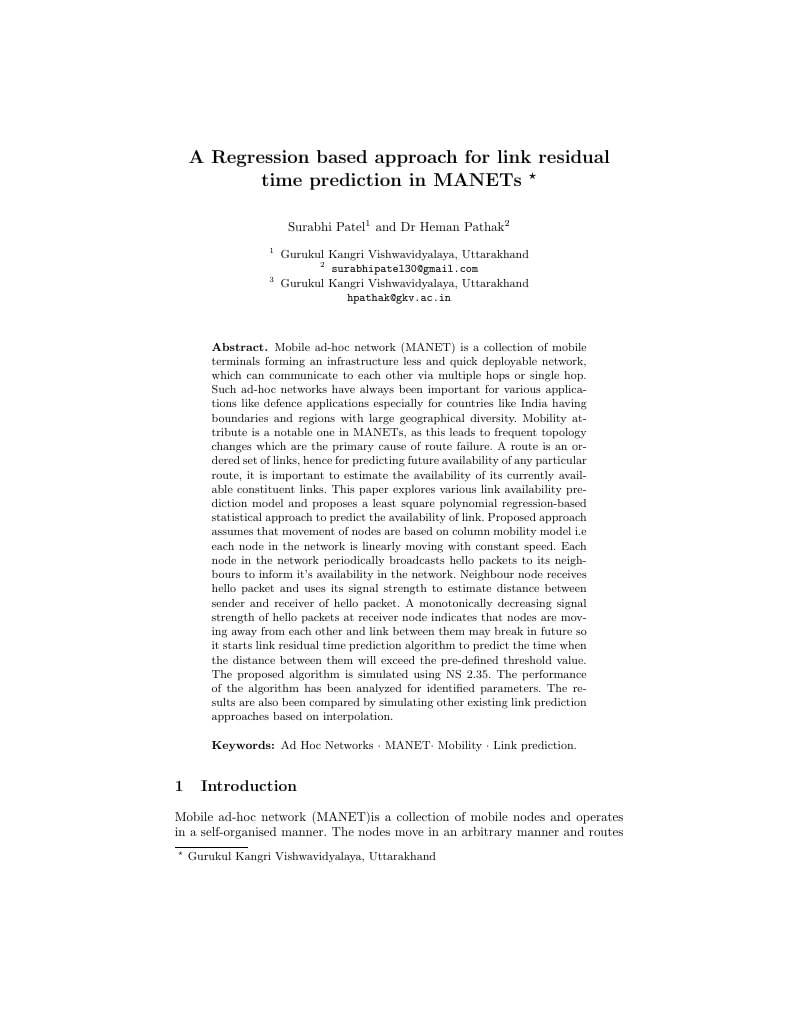
Mobile ad-hoc network (MANET) is a collection of mobile terminals forming an infrastructure less and quick deployable network, which can communicate to each other via multiple hops or single hop. Such ad-hoc networks have always been important for various applications like defence applications especially for countries like India having boundaries and regions with large geographical diversity. Mobility attribute is a notable one in MANETs, as this leads to frequent topology changes which are the primary cause of route failure. A route is an ordered set of links, hence for predicting future availability of any particular route, it is important to estimate the availability of its currently available constituent links. This paper explores various link availability prediction model and proposes a least square polynomial regression-based statistical approach to predict the availability of link. Proposed approach assumes that movement of nodes are based on column mobility model i.e each node in the network is linearly moving with constant speed. Each node in the network periodically broadcasts hello packets to its neighbours to inform it’s availability in the network. Neighbour node receives hello packet and uses its signal strength to estimate distance between sender and receiver of hello packet. A monotonically decreasing signal strength of hello packets at receiver node indicates that nodes are moving away from each other and link between them may break in future so it starts link residual time prediction algorithm to predict the time when the distance between them will exceed the pre-defined threshold value. The proposed algorithm is simulated using NS 2.35. The performance of the algorithm has been analyzed for identified parameters. The results are also been compared by simulating other existing link prediction approaches based on interpolation.
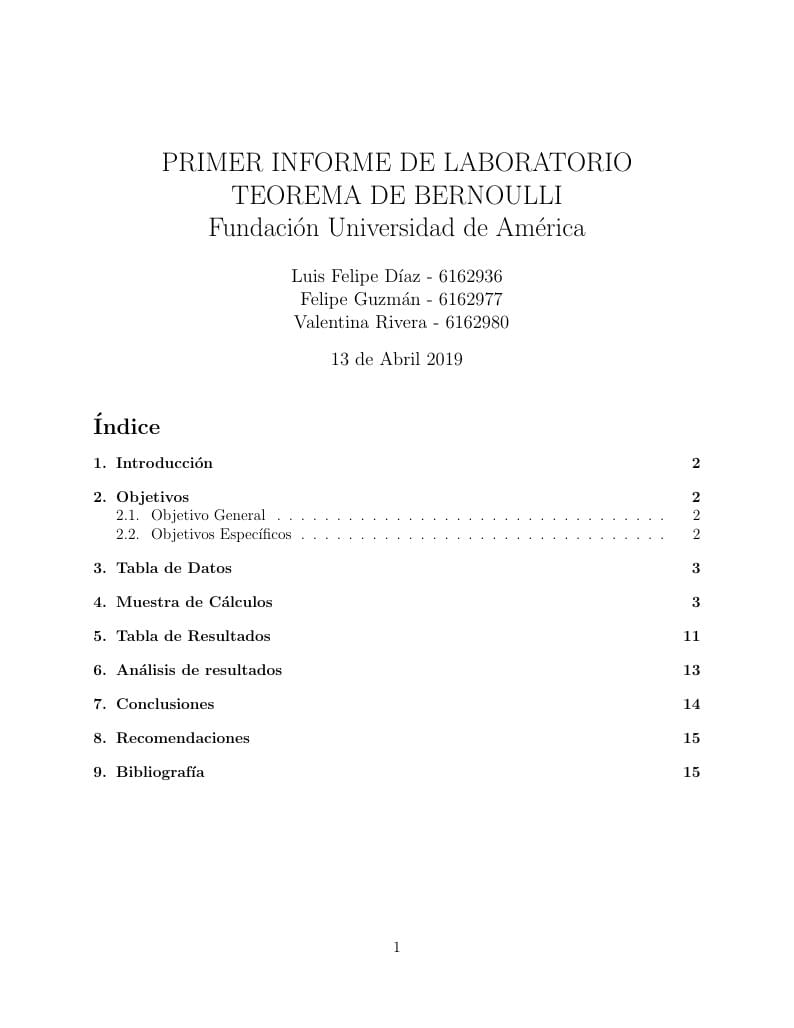
Informe 1
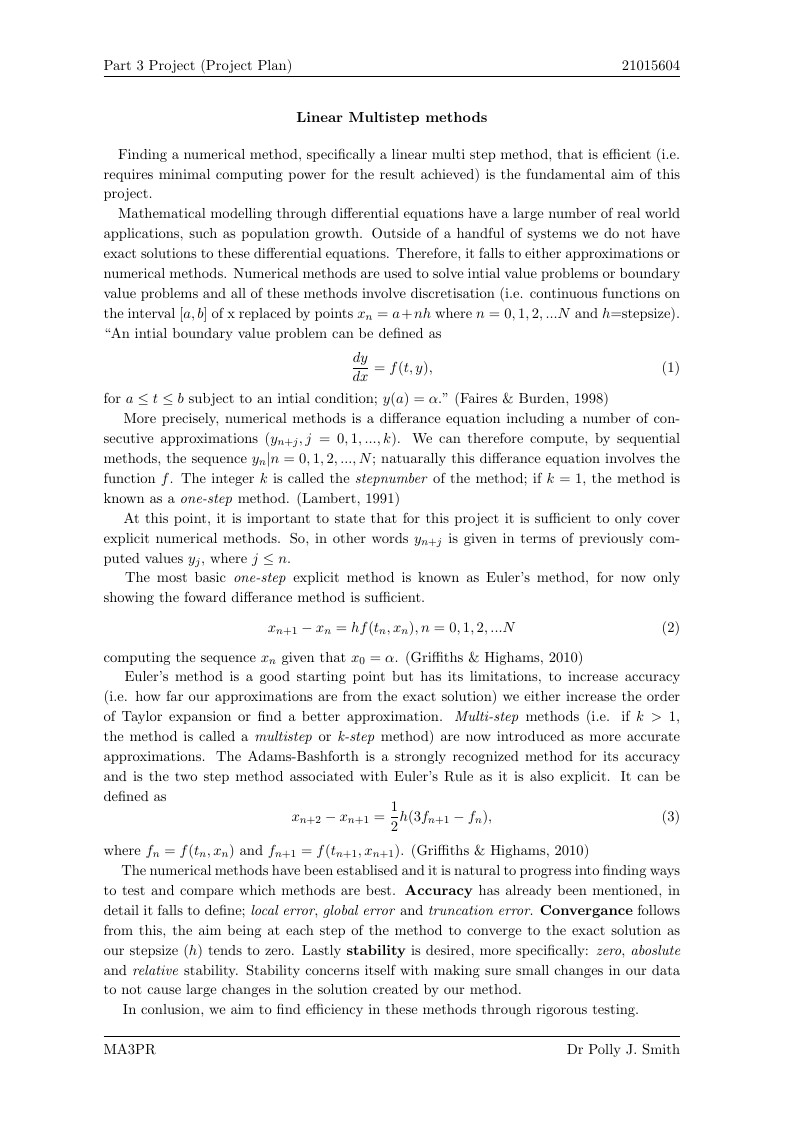
Part 3 project plan
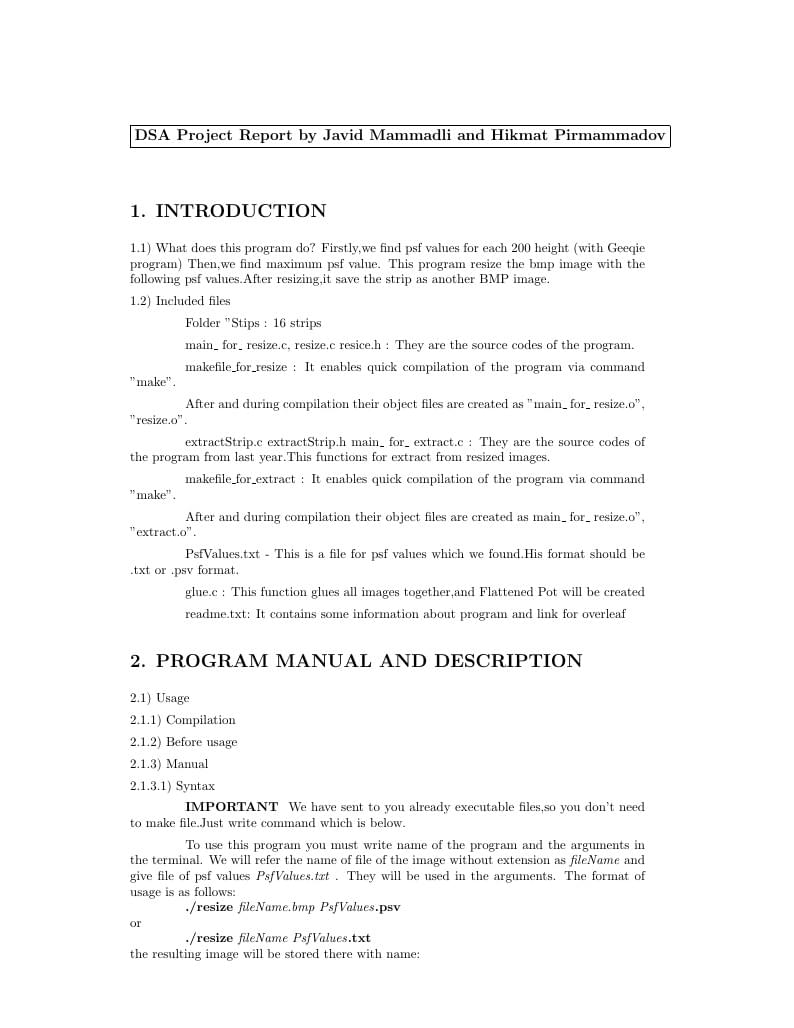
DSA Project Report
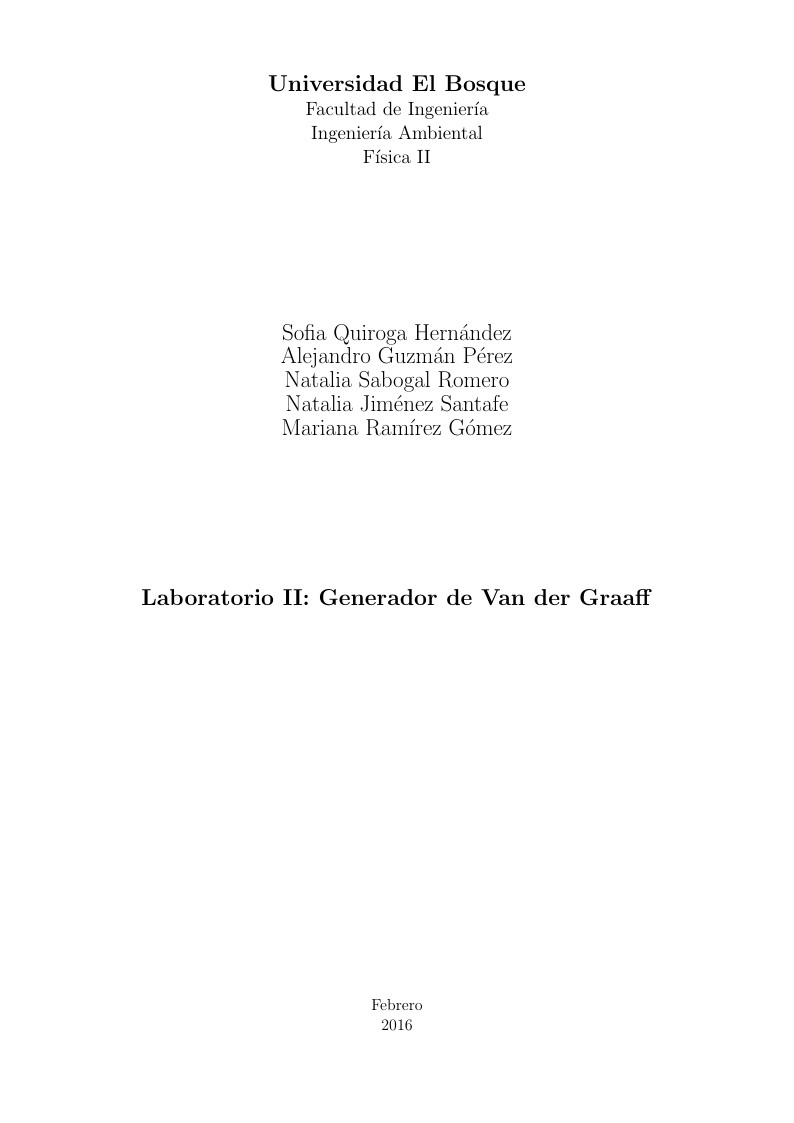
Laboratorio de Fisica.

Le modèle linéaire mixte a été mis en oeuvre dès les années 1950, essentiellement dans le domaine de la génétique animale (réf. Henderson[1],[2]). Il n’a toutefois connu une utilisation plus générale qu’au cours des années 1990, en relation avec le développement de nouvelles procédures de calcul dans le cadre des logiciels statistiques. L’utilisation du modèle linéaire mixte soulève, par rapport aux modèles classiques d’analyse de la variance, un certain nombre de difficultés particulières, tant en ce qui concerne l’estimation des différents paramètres que la réalisation des tests d’hypothèses. Des informations peuvent être trouvées à ce sujet dans les articles de Littell [2002], McLean et al. [1991], et Piepho et al. [2003], et dans les livres de Demidenko [2004], McCulloch et Searle [2001],
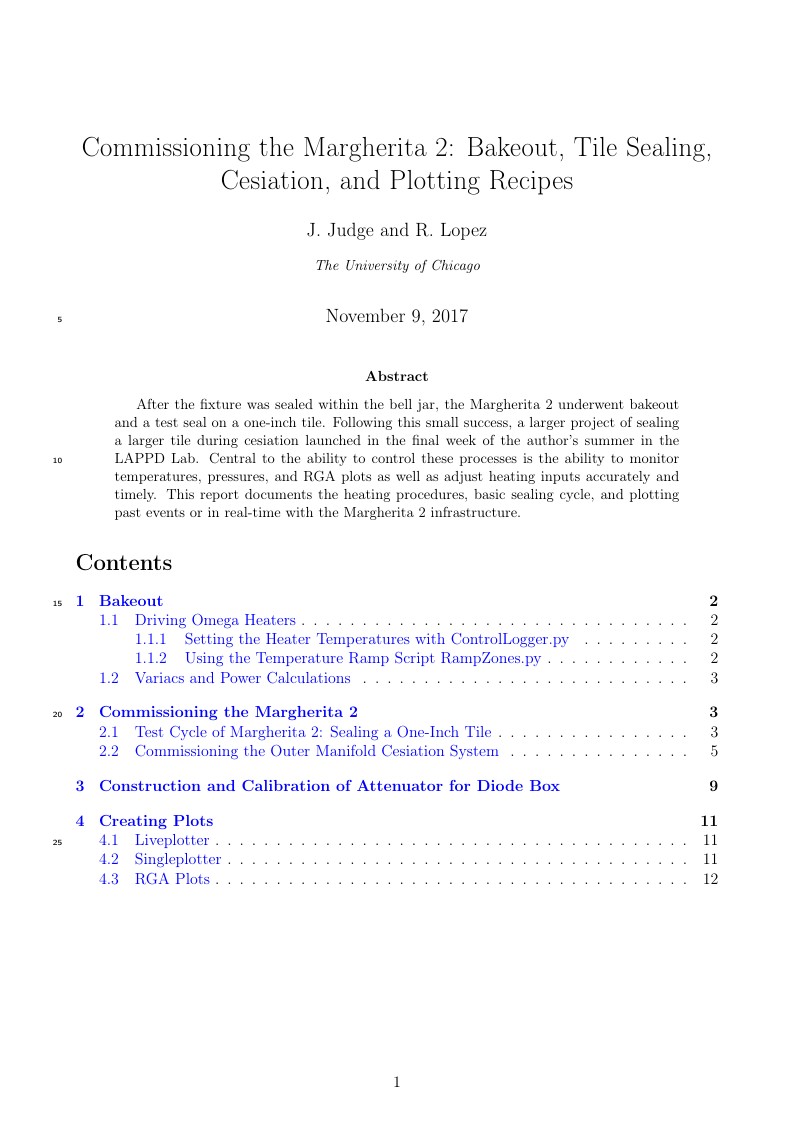
After the fixture was sealed within the bell jar, the Margherita 2 underwent bakeout and a test seal on a one-inch tile. Following this small success, a larger project of sealing a larger tile during cesiation launched in the final week of the author's summer in the LAPPD Lab. Central to the ability to control these processes is the ability to monitor temperatures, pressures, and RGA plots as well as adjust heating inputs accurately and timely. This report documents the heating procedures, basic sealing cycle, and plotting past events or in real-time with the Margherita 2 infrastructure.
\begin
Discover why over 20 million people worldwide trust Overleaf with their work.